India Mahdavi renders her most iconic piece in all-white for Athens’ Carwan Gallery
At Athens' Carwan Gallery, India Mahdavi explores uncharted territories with a new all-white collection made of marble (on view until 13 August 2022)
Giorgos Sfakianakis - Photography

It was, of all things, a magazine article that sparked the idea that led to designer India Mahdavi’s latest exhibition. In 2018, The New Yorker published a sprawling report on current research being done on ruins unearthed from Greek and Roman archaeological sites. The conclusion these archaeologists had reached after decades of investigation is that the milky white marble forms that have come to define antiquity are not what they seem. That at the time of their creation, they were lavishly painted – buildings were awash in vibrant decorative motifs while human forms came with brightly patterned clothing and had many shades of pigmented skin – but the colourant had disintegrated and eroded over time, leaving the stark white forms we now associate with Greek and Roman sculpture and architecture. Thousands of years ago the built environment was not really homogeneously white, they concluded, but in fact, drenched in colour.
‘Their clothes were a bit like Missoni, no?' Mahdavi jokes as she explains this concept on a muggy spring evening in the rough, stone-walled confines of Carwan’s Piraeus-area gallery, an industrial zone turned arts neighbourhood just a stone’s throw from Athens’ bustling docklands and ferry terminal. ‘This purity of whiteness is a false idea we have about Greek sculpture. Everything was coloured. They were all painted in very strong pigments,' she explains. This little known fact provided the conceptual underpinning of ‘Achromia', her latest show with Carwan (on view until 13 August 2022), a reimagining of some of her most iconic furniture pieces totally stripped of colour. ‘When Nicolas invited me,' she recounts, referring to Carwan founder Nicolas Bellavance-Lecompte, who commissioned the project, ‘he told me: “You're so well known for colour, what would we do if we took it away from you?”’

As followers of the prolific furniture and interior designer’s work know, colour is the guiding force in most of what she creates. Her concept for London-based restaurant Sketch, for instance, first doused the Mayfair dining room in bubblegum pink (making it the most Instagrammed place in all of London), and later in shades of saffron and gold for its 2022 redesign. Or her luscious wallpapers for De Gournay, which feature references to surrealist painter de Chirico’s mind-bending canvases and figurative scenes inspired by The Persian Book of Kings. ‘Colour, for me, is a way to create a vibration,' she says of her style. ‘It creates a sense of light.'
‘Colour, for me, is a way to create a vibration, it creates a sense of light' - India Mahdavi
For the exhibition, Mahdavi rendered the pieces solely in white marble. Among them are the three-tiered ‘Bishop’ stool, which she regularly reinvents in new colourways and patterns, the two-piece asymmetric ‘Alber’ table, originally designed for late fashion designer Alber Elbaz, and two versions of the ‘Diagonale’ table, a long dining table and smaller circular version, which was originally produced in pigmented ceramic. In addition to the material makeover, she added diagonal fluting to the edges of each piece as a nod to traditional Greek columns. ‘I love the way they attract the light,' she explains, ‘it creates a vibration even without colour.'

The pieces were crafted in Pentelic marble quarried from the slopes of Mount Pentelikon just outside the city, the very same stone used to build the Parthenon. ‘I think it was really interesting also to do this project here in Athens because it's a material that belongs here,' she says. ‘The pieces are made locally – they work well here.' The actual fabrication was completed by local firm Delta Marble. However, in developing the project, Mahdavi and her team employed a 3D printer to build 1:1 scale models in her Paris studio. Though the forms were pulled from her own archive, the novel material required a total rehashing of proportion and scale. ‘Marble is very prescriptive,' she notes of the process. ‘It took a lot of experimentation to find the right form.'
But according to Mahdavi, developing this collection wasn’t as simple as bleaching the vibrancy out of these well-known designs. ‘It was very difficult,' she reveals. ‘It took ages for me to get used to the idea. You would think that this was a really easy show to create, but it was such a challenging exercise mentally for me to let go of my usual language.' And even though the absence of colour is the show’s central concept, for Mahdavi, colour is impossible to escape. ‘It’s funny, even though the entire exhibition is about achromia, removing colour,' she observes. ‘In the end, it’s the only thing we’re talking about.'
INFORMATION
Receive our daily digest of inspiration, escapism and design stories from around the world direct to your inbox.
‘Achromia’ by India Mahdavi is on view until 13 August 2022
india-mahdavi.com
carwangallery.com
ADDRESS
Polidefkous 39
Pireas 185 45
Greece
Laura May Todd, Wallpaper's Milan Editor, based in the city, is a Canadian-born journalist covering design, architecture and style. She regularly contributes to a range of international publications, including T: The New York Times Style Magazine, Architectural Digest, Elle Decor, Azure and Sight Unseen, and is about to publish a book on Italian interiors.
-
 Year in Review: we’re always after innovations that interest us – here are ten of 2025’s best
Year in Review: we’re always after innovations that interest us – here are ten of 2025’s bestWe present ten pieces of tech that broke the mould in some way, from fresh takes on guitar design, new uses for old equipment and the world’s most retro smartwatch
-
 Art and culture editor Hannah Silver's top ten interviews of 2025
Art and culture editor Hannah Silver's top ten interviews of 2025Glitching, coding and painting: 2025 has been a bumper year for art and culture. Here, Art and culture editor Hannah Silver selects her favourite moments
-
 In Norway, remoteness becomes the new luxury
In Norway, remoteness becomes the new luxuryAcross islands and fjords, a new wave of design-led hideaways is elevating remoteness into a refined, elemental form of luxury
-
 Alessi Occasional Objects: Virgil Abloh’s take on cutlery
Alessi Occasional Objects: Virgil Abloh’s take on cutleryBest Cross Pollination: Alessi's cutlery by the late designer Virgil Abloh, in collaboration with his London studio Alaska Alaska, is awarded at the Wallpaper* Design Awards 2023
-
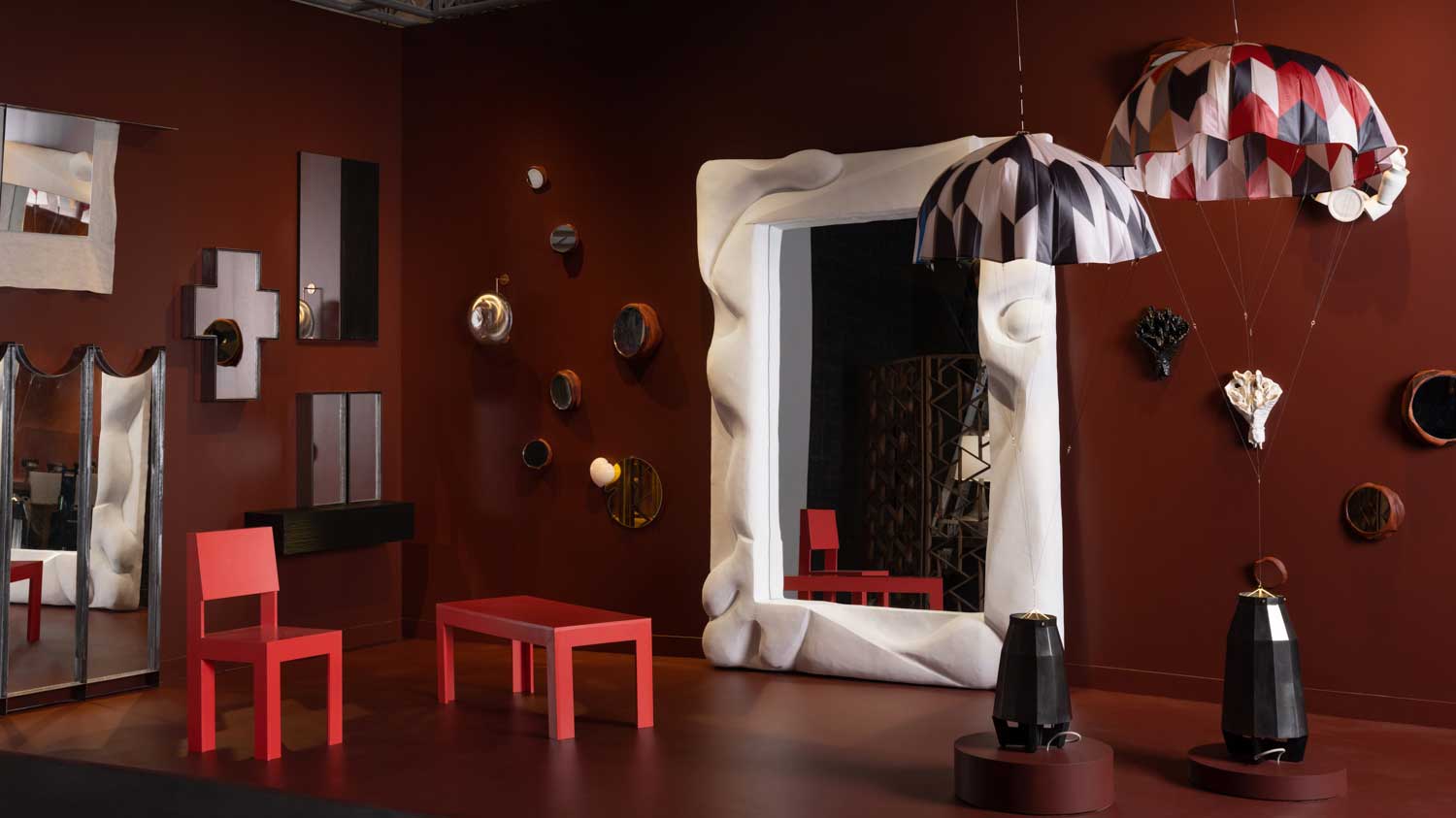 Design Miami 2022: highlights from the fair and around town
Design Miami 2022: highlights from the fair and around townDesign Miami 2022 (30 November – 4 December) aims at ‘rebooting the roots of our relationship with nature and collective structures, ecospheres, and urban contexts’
-
 Salon Art + Design 2022: design highlights not to miss
Salon Art + Design 2022: design highlights not to missWallpaper* highlights from Salon Art + Design 2022, New York
-
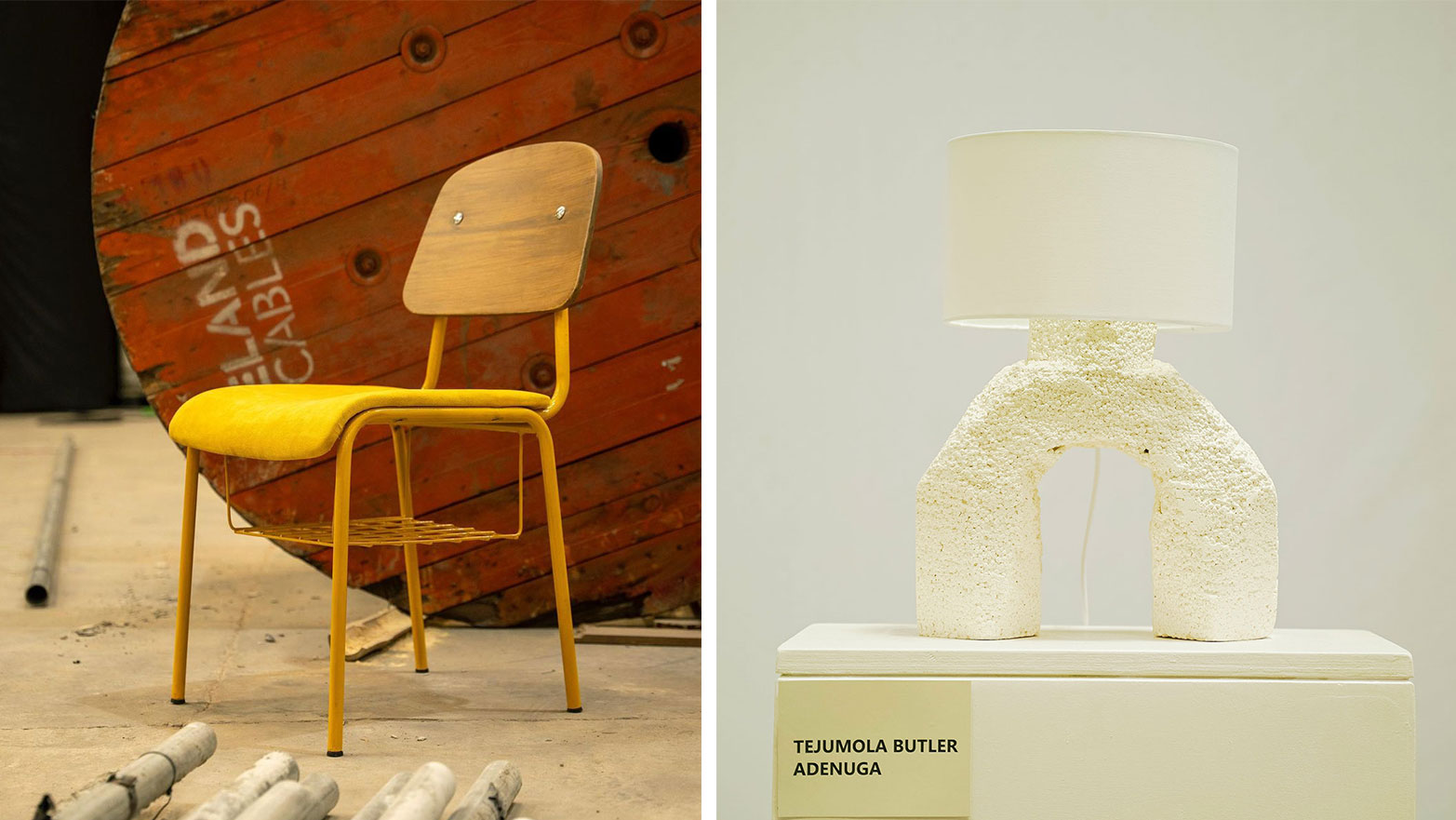 Design Week Lagos 2022 celebrates creativity and innovation in West Africa and beyond
Design Week Lagos 2022 celebrates creativity and innovation in West Africa and beyondCurated by founder Titi Ogufere, Design Week Lagos 2022 is based on a theme of ‘Beyond The Box’
-
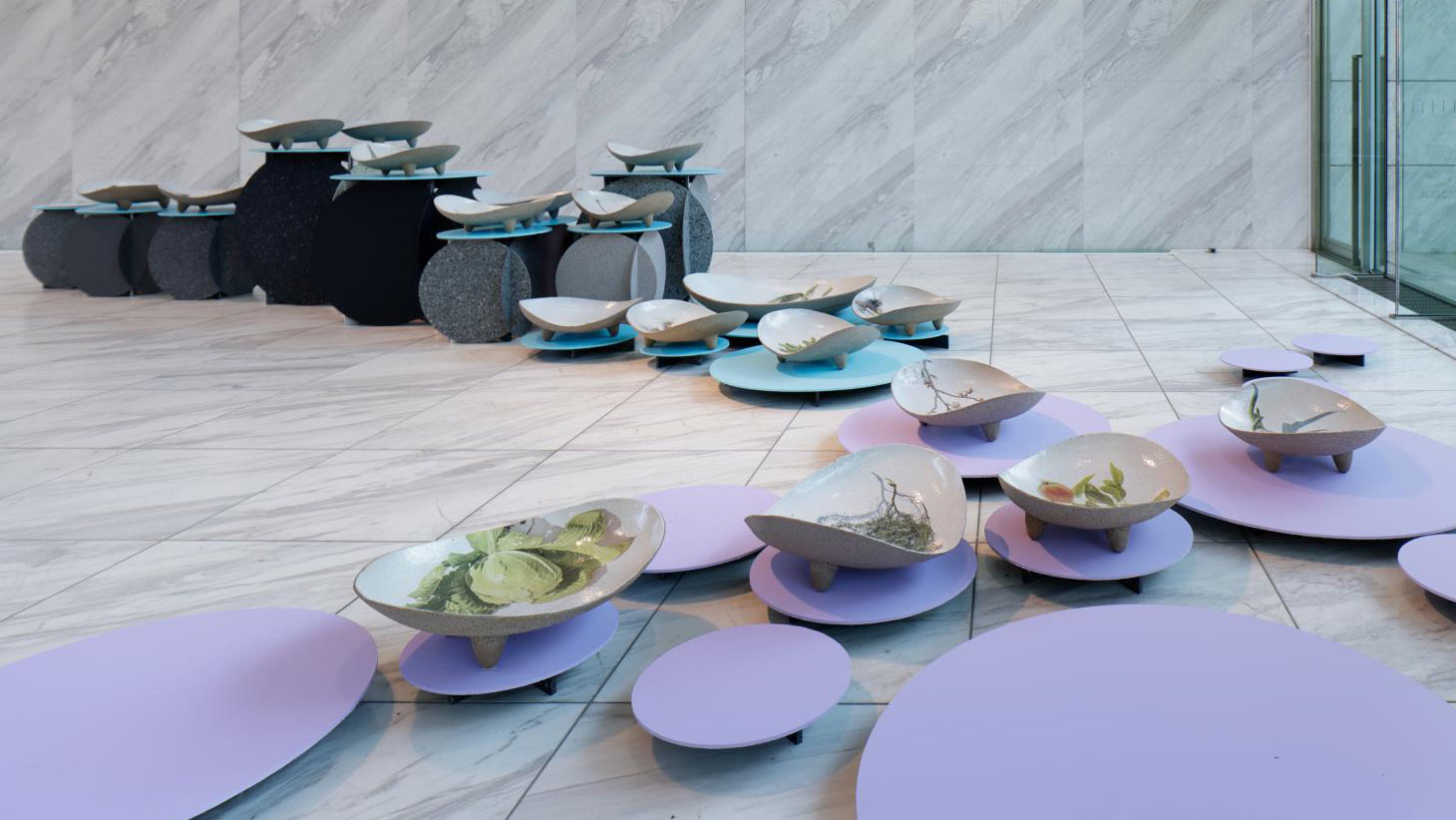 Designart Tokyo transforms the city into a museum of creativity
Designart Tokyo transforms the city into a museum of creativityDesignart Tokyo presents global design highlights through a series of exhibitions involving global creative talent and traditional Japanese craft
-
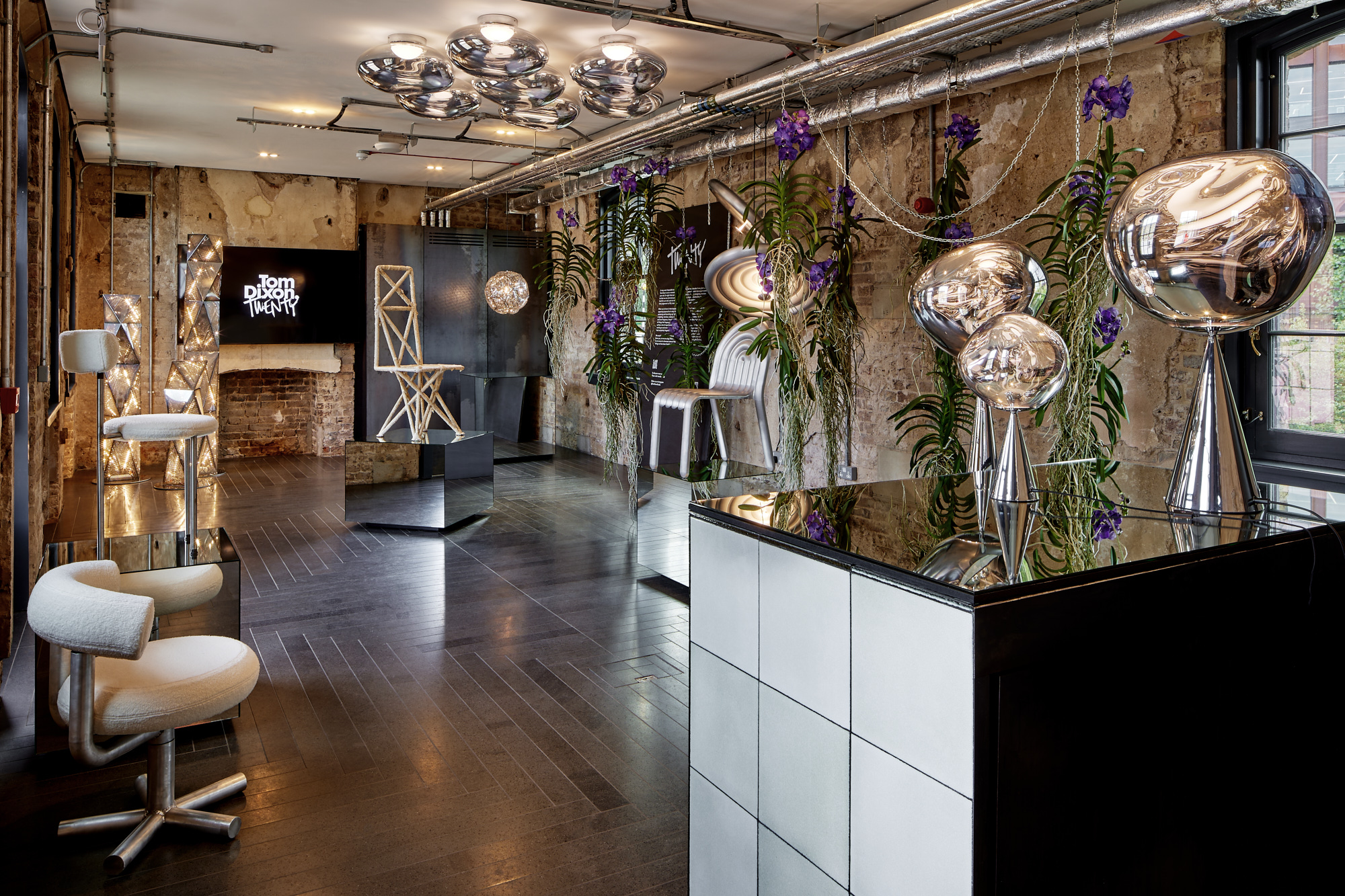 Tom Dixon marks his studio's 20 years with a show of design experiments
Tom Dixon marks his studio's 20 years with a show of design experimentsMushroom, cork, steel coral and more: Tom Dixon showcases an overview of his design experiments as he celebrates his practice's 20 years
-
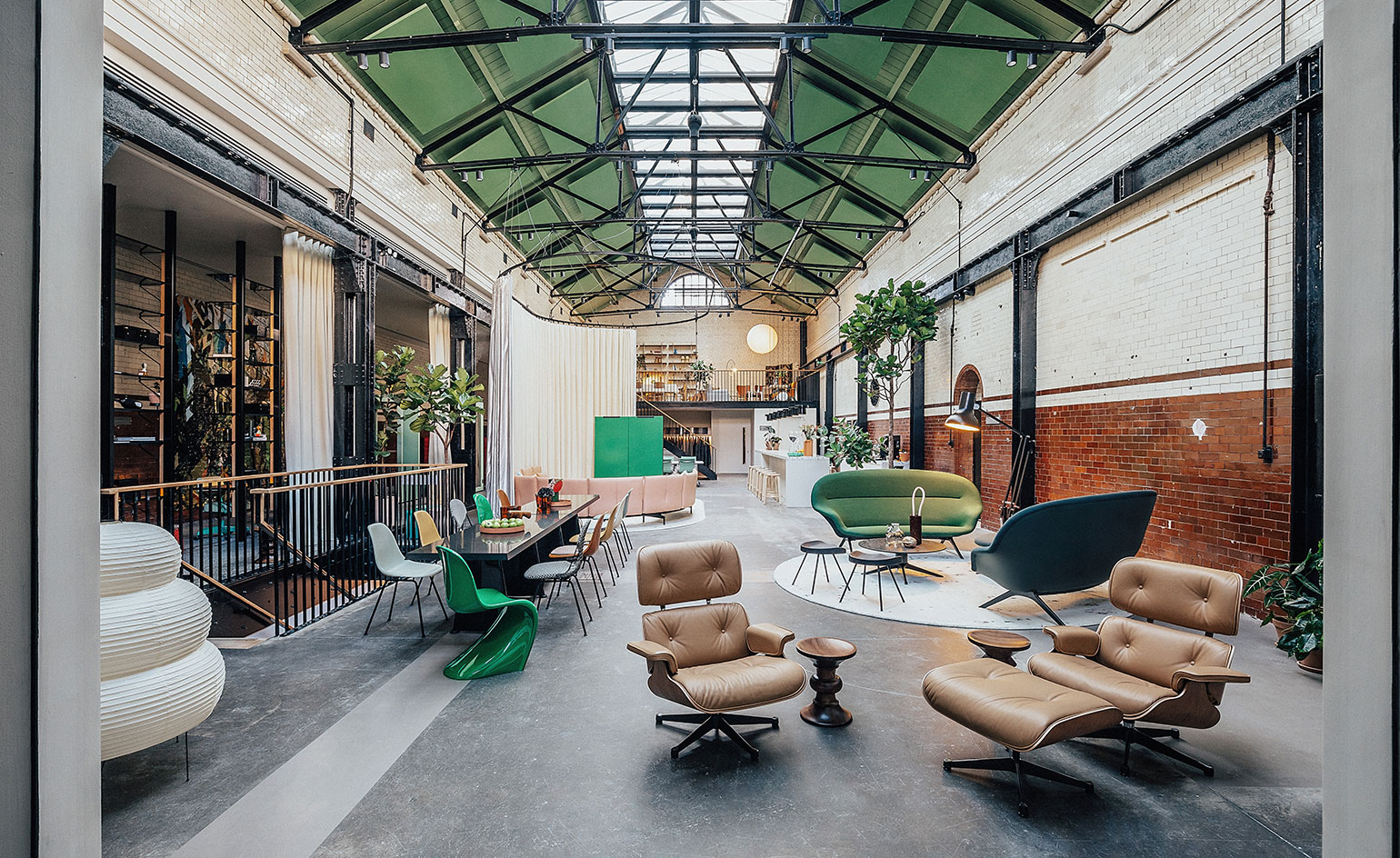 Vitra unveils new London home in the Tramshed, Shoreditch
Vitra unveils new London home in the Tramshed, ShoreditchLondon Design Festival 2022: after a year-long renovation, Vitra opens the door to its new showroom in the heart of Shoreditch
-
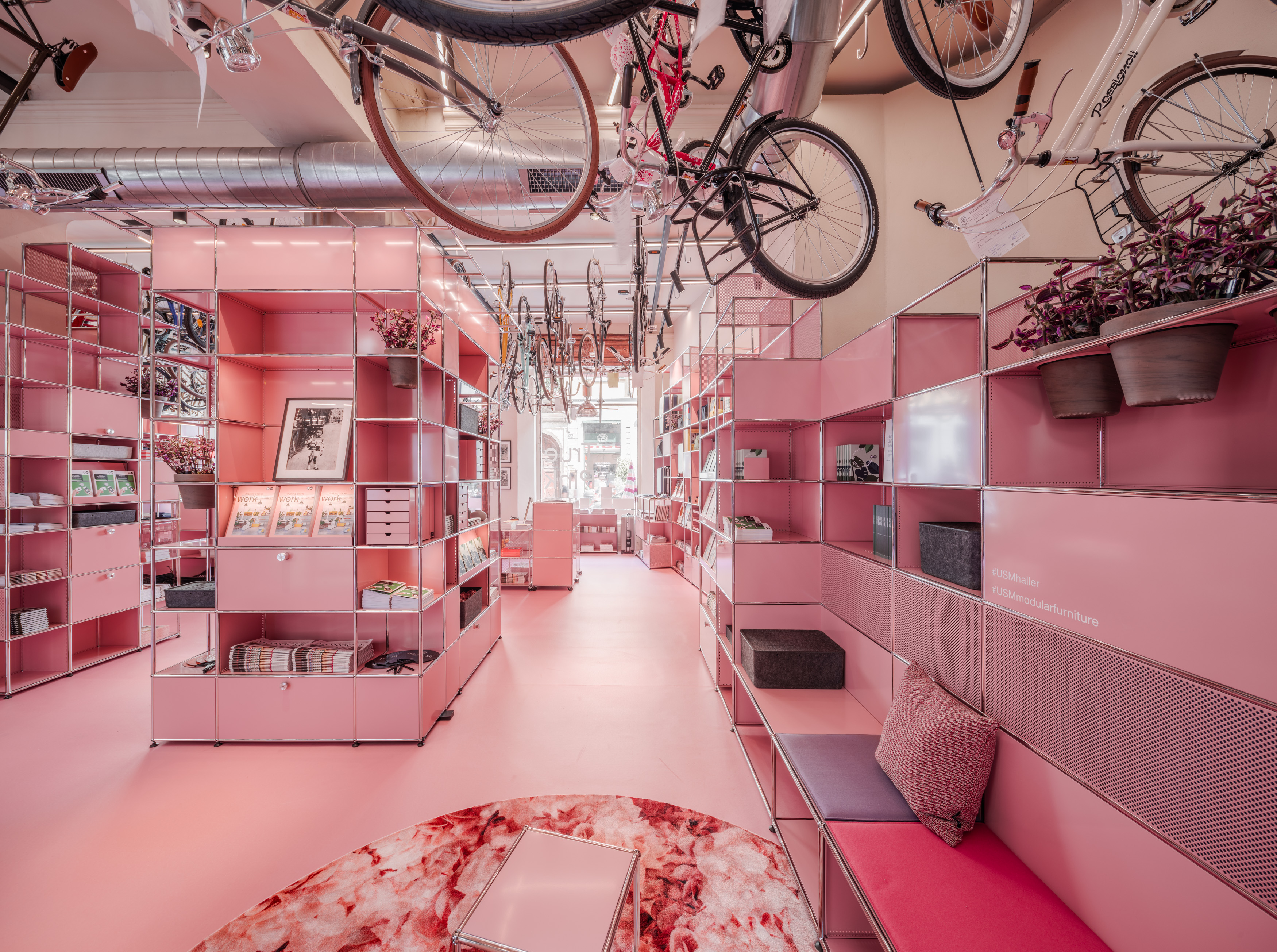 USM launches blushing pink limited edition of its modular furniture
USM launches blushing pink limited edition of its modular furnitureFollowing an installation during Milan Design Week 2022, USM launches a new pink limited edition of its Haller range